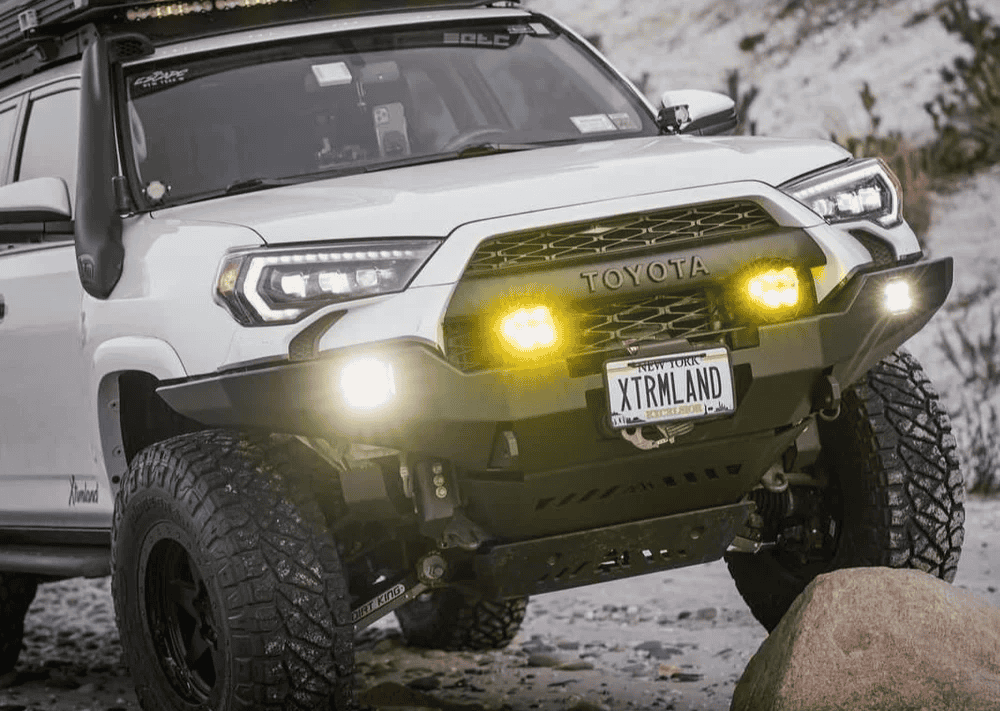Overland Vehicles

A portable solar blanket is a foldable array of photovoltaic cells sewn or bonded to a flexible substrate. It packs into a compact bundle, opens quickly, and delivers DC power wherever the sun shows up. Unlike rigid rooftop modules that stay fixed, a blanket can chase sunlight across the camp day, which often means better yield per watt. Most models connect using MC4 or Anderson style plugs and feed a charge controller that manages voltage and current for your house battery. The result is quiet, fuel free energy for fridges, lights, fans, and device charging.
Portable blankets shine when stealth and mobility matter. You can set one in a sun patch while parking your van under shade. In cold weather they run efficiently thanks to lower cell temperatures. In hot environments, the ability to lift and angle the blanket helps mitigate heat losses. Their biggest tradeoff is durability compared to rigid glass modules, so smart handling and storage are key.
Most portable solar blankets use monocrystalline cells because they deliver strong efficiency in a compact footprint. Polycrystalline variants can work, but they typically require more surface area for the same output. Thin film options tolerate shade better and handle heat gracefully, yet they often produce less power per square foot. Look for weather resistant fabrics, reinforced eyelets or loops, and abrasion guards on the fold lines. Quality wiring with UV safe insulation and strain relief reduces failure points. The last ingredient is the controller: an MPPT controller tracks voltage for maximum power, while a PWM controller is simpler but usually less efficient.
The watt rating on the label is measured under standard test conditions that are rarely seen in the wild. Expect real world yield to land between fifty and seventy percent of nameplate depending on latitude, season, temperature, and angle to the sun. Heat, dust, and even fine shading across a few cells can pull down output. Angle matters as much as raw wattage. A quick tilt toward the sun can add meaningful daily harvest, especially in winter when the sun rides low.
Cable losses are another silent drain. Long, thin cables drop voltage and waste energy as heat. Keep cable runs short, choose adequate gauge, and use high quality connectors to maintain tight, low resistance joins. When combining multiple blankets, match voltage and current limits to your controller and battery. Parallel connections keep voltage the same and increase current, which is often safer for typical van battery systems. Series connections raise voltage and require extra care to stay within controller limits.
A 100 W blanket in summer sun might yield 300 to 500 watt hours per day when actively aimed and kept clean. That can offset a compact compressor fridge, some lighting, and phone or camera charging. A 200 W setup can support a larger fridge, small fan, and regular laptop work for many travelers. If you stream video, game, or run power tools, you may want 300 W or more plus a healthy battery bank. Always pair the blanket with a charge controller sized for the blanket current and for future expansion.
Start with an energy budget. Add up daily consumption in watt hours for your essentials. Typical ranges might be 200 to 400 watt hours for a minimalist weekend, 500 to 800 for a small crew with a fridge and laptop, and 900 plus for heavy device use or hot climates that require fans for long stretches. Choose a blanket wattage that covers your average day and consider a buffer for cloudy periods. If roof space is limited or you want shade, a portable blanket becomes your roaming panel that fills the gap.
Setup is simple but benefits from a routine. Place the blanket on clean, stable ground or hang it with lines or carabiners using the built in tie points. Aim toward the sun and re position a few times through the day. Keep the controller out of puddles and direct spray, and avoid pinching cables under doors. In wind, secure the corners with stakes, sandbags, or soft weights to prevent flapping that can stress the seams. Wipe dust with a soft cloth to keep light transmission high.
Treat a portable solar blanket like technical gear. Let it dry before storage, fold along the intended seams, and avoid sharp bends that stress the cells. Inspect connectors for corrosion and keep contacts clean. Store in a cool, dry place away from heavy cargo that could crease or crush the stack. Check the controller settings after firmware updates or battery changes to ensure proper charging profiles.
Portable solar blankets pair naturally with van and overland power systems. If you want a blanket integrated with a dedicated controller, quick disconnects, and a secure storage cubby, OZK can design it into your build. Explore our Overland rigs to see how modular power planning fits real travel. Need a tailored system with shore charging, alternator charging, and solar that work in harmony? Our Custom overland upfit process maps your loads, recommends the right controller, and lays out safe wiring.
We have lived the road life and bring that experience to every handoff in Fayetteville Arkansas. Learn more about our methods and build quality at Why choose OZK. When you are ready to turn sunlight into miles, we are here to make it simple and reliable.
Ready to integrate portable solar into your van or truck build? OZK Customs in Fayetteville Arkansas designs power systems, smart storage, and charging layouts that match your travel style. Tell us how you roam and we will engineer the right solution. Request your consultation today.
ADDRESS:
6159 E Huntsville Rd, Fayetteville, AR 72701
PHONE:
(479) 326-9200
EMAIL:
info@ozkvans.com